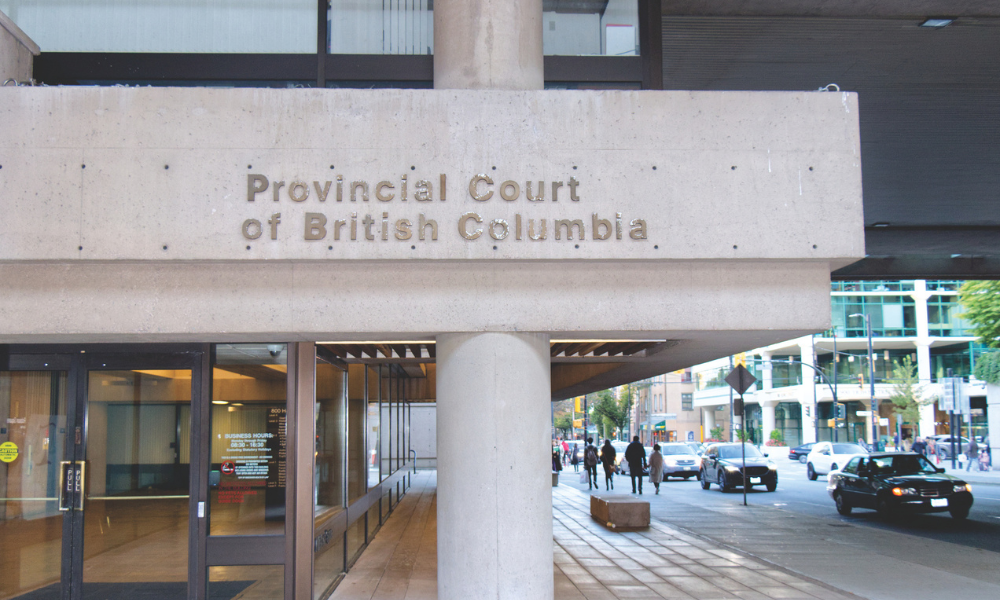Most articles about e-discovery start with a reference to the ever-increasing volumes of electronically stored information or the ever-rising costs of e-discovery. There. Done.
Data volumes are, of course, an important driver of costs. Equally important, though, are more mundane factors less susceptible to the magic of a cool new tool: a lack of proper planning, failures to consult those with appropriate knowledge and poor communication.
Yes, adopting new tools and processes such as technology-assisted review can have a meaningful impact on volume and cost, but the real and lasting solution to the structural problems afflicting most e-discovery operations comes from admitting what you don’t know, respecting others’ expertise, letting them participate, knowing what questions to ask, being willing to listen, sharing insights and developing a culture of collaboration.
This point has been made before. Indeed, even the most technically themed conference sessions usually end with panelists expressing world-weary agreement that the real issue is how people relate to each other.
So let me be more specific.
I would like to offer some concrete ideas that you can implement with just a little structured thinking and some research. I would caution that e-discovery is now so specialized that it is not something the average smart lawyer can handle alone. That being said, it is valuable to know the scope and contours of a problem, even if you eventually decide you need expert help to solve it. If you don’t have and don’t plan to develop in-house e-discovery capacity, you can still achieve better results and lower costs if you learn how to more effectively assess the e-discovery services provided by your outside counsel and service providers.
If you have attended any conference or webinar on e-discovery issues, you will know about “the EDRM.” It is both a diagram and a way of thinking about e-discovery. It helps explain the complex relationships and interdependencies among these nine phases:
1. Information management
2. Identification (of electronically stored information)
3. Preservation
4. Collection
5. Processing
6. Review
7. Analysis
8. Production
9. Presentation
The EDRM is a two-dimensional workflow-type diagram, which we instinctively read from left to right (through time). So, it is natural to think of a project progressing in simple linear fashion from left to right: We start with a universe of available (1) information, move to the informed (2) identification of all potentially relevant information and continue through the remaining steps, with each step smoothly yielding a smaller volume of data until we are left with relevant non-privileged information, all the relevant non-privileged information and nothing but relevant non-privileged information.
In information retrieval terms, we have achieved 100-per-cent recall and 100-per-cent precision.
If only it were so.
In most e-discovery projects of any size or complexity, some or all of the following occur:
• No one knows where all the potentially relevant information was, is or might be;
• Some of the people who best understand the subject matter were not interviewed;
• Important data sources were overlooked;
• Too much of the preserved data was collected;
• Data collection was flawed, resulting in gaps and/or spoliation of data and/or metadata;
• Some or all data was processed inappropriately, causing data loss, added cost, delay and rework;
• Data loaded for review was poorly searched, resulting in wasted review time (false positives) and important information being overlooked (false negatives);
• Additional tranches of data were added to the workflow after review had already begun (this is often inevitable);
• Intermingled data sets and workflows led to added complexity, errors and costs;
• No one ever created a tracking and reporting system — or, if they did, they didn’t share it.
This window into how e-discovery projects often unfold may come as a surprise to many readers; outside counsel do not have an incentive to reveal how the pastries were made. But e-discovery is like any other complex human endeavour: Loosely connected individuals and groups, even with the best intentions, can fail to plan, co-ordinate and communicate in a manner that would avoid many of these problems.
The key elements or processes of any effective e-discovery project should be understood as shared responsibilities. Most of the problems that arise in e-discovery are caused by having something that should be handled by many players — collaboratively and openly — handled by only one or a few.
Below are some of these key elements:
• E-discovery leadership team with participation from (at least): relevant business units, IT, the legal team, outside counsel, service providers (who are often involved in preservation, collection, processing, review, analysis and production);
• Data map(s), prepared before the first interviews and then updated prior to collection, indicating the types, locations and formats of potentially relevant electronically stored information;
• A discovery plan, negotiated with opposing counsel, that includes (at least in general terms) potentially relevant data sets, priority datasets, processing settings, search methods, production specifications and time frames for review and production;
• Custodial and non-custodial data identified through thorough interviews by subject-matter experts assisted by technical specialists who understand the downstream phases;
• Effective tracking systems that start with target data sets and extend from preservation and collection through to production;
• Effective and intelligent preservation, collection and processing methods that limit data volumes as early as possible, including (depending on available technology): indexing and search of active data prior to preservation or collection; targeted rather than wholesale collection from data sources; metadata-only processing and initial analysis rather than ingestion and processing of all collected data; de-NISTing and deduplication prior to filtering/search; analytics, clustering and various metadata searches to identify clearly irrelevant data; and (against the remaining data) email threading to set aside non-inclusive thread members;
• Effective and intelligent review procedures to minimize the amount of eyes-on review while still achieving high-quality results in a defensible manner;
• Assisted review (predictive coding) where appropriate for the project;
• Across all the above, wherever possible, a phased approach, starting with high-value/lost-cost data sources and progressing to lower-value/higher-cost data sources, all guided by the principle of proportionality and, as discussed, co-operatively between the parties
• Production specifications agreed in advance — preferably as part of the initial discovery plan.
This should help you have a general sense of how you can think about managing your e-discovery projects more effectively to achieve high quality at lower cost and with less stress.
David Sharpe is an independent e-discovery consultant based in Toronto. He has more than 16 years of experience as a lawyer and e-discovery specialist in New York City and Toronto.
[email protected]







